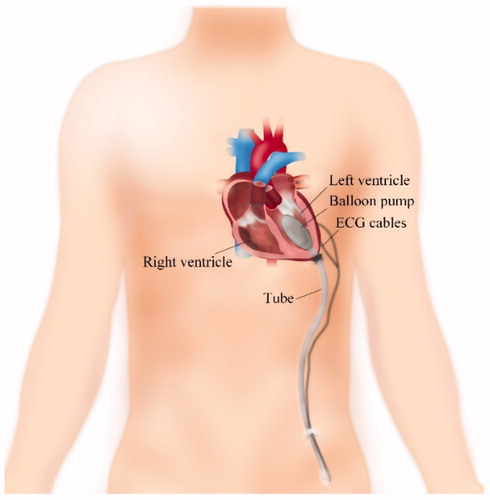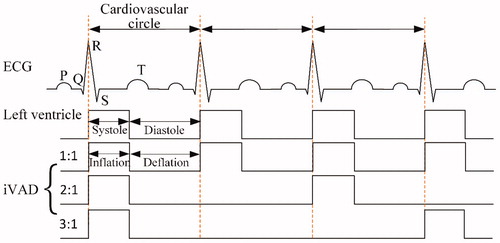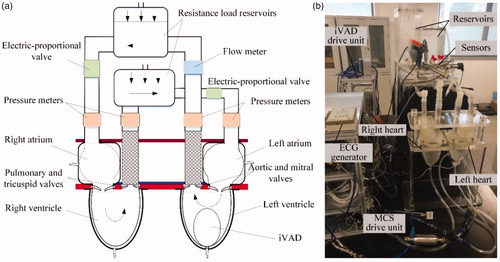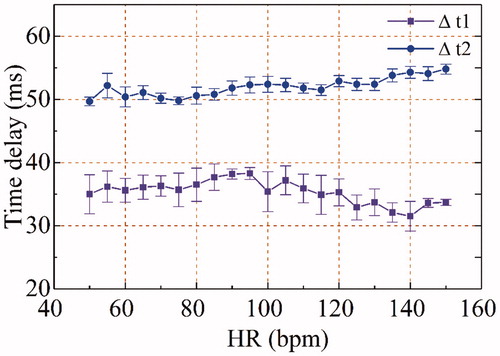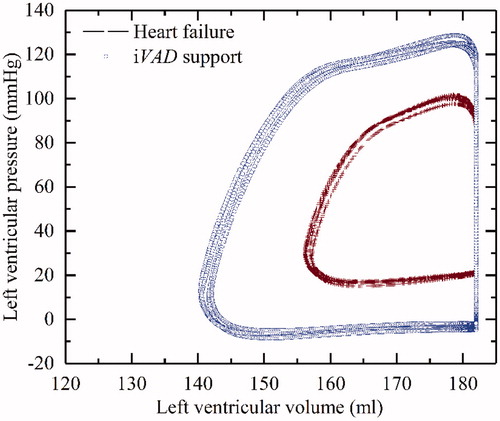Figures & data
Figure 6. SV and CO of the iVAD varied with drive pressure at different HR and afterload. (a,e) 60 mmHg afterload, (b,f) 80 mmHg afterload, (c,g) 100 mmHg afterload, and (d,h) 120 mmHg afterload. The legend represents the drive pressure, mmHg.
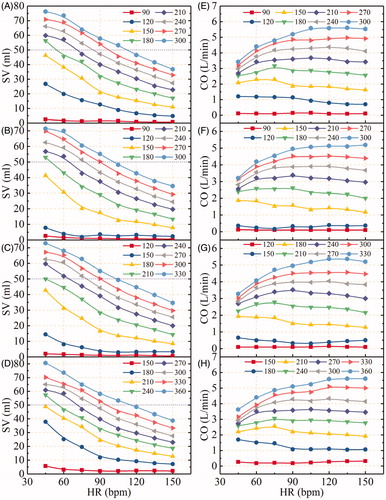
Figure 7. Pressure and flow waveforms under two conditions (baseline represent heart failure, and assisted mode represent iVAD support).
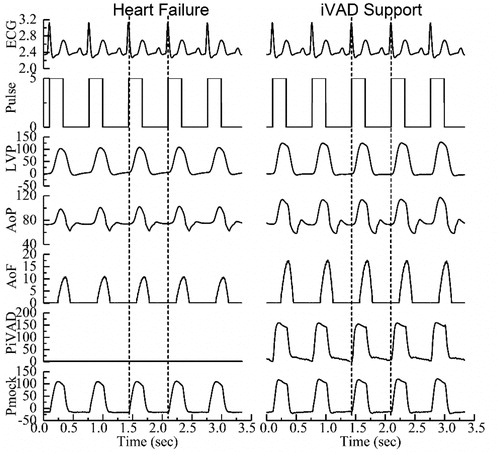
Table 1. The failure heart hemodynamics before and after iVAD support.

